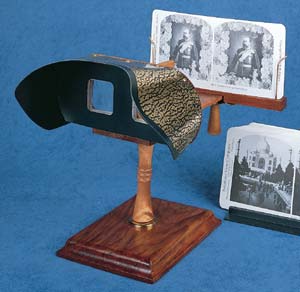Snakeman
Senior Member
Cat face (as applied to the pine forest/turpentine industry) is a descriptive term given to the marks left on a pine tree that was "scored" in order to extract the pine sap (pitch or tar) from the tree. This scoring was done with a tool called a "hack". Scoring the tree caused the tree sap to ooze from the wound, and drip downward, and was collected in a tar cup.
Here are some pictures of a "cat face" that I retrieved from a South Georgia turpentine farm. The rest of the tree had long since rotted away, leaving only the cat face, which is in fact "lightard".
The Snakeman
Here are some pictures of a "cat face" that I retrieved from a South Georgia turpentine farm. The rest of the tree had long since rotted away, leaving only the cat face, which is in fact "lightard".
The Snakeman






